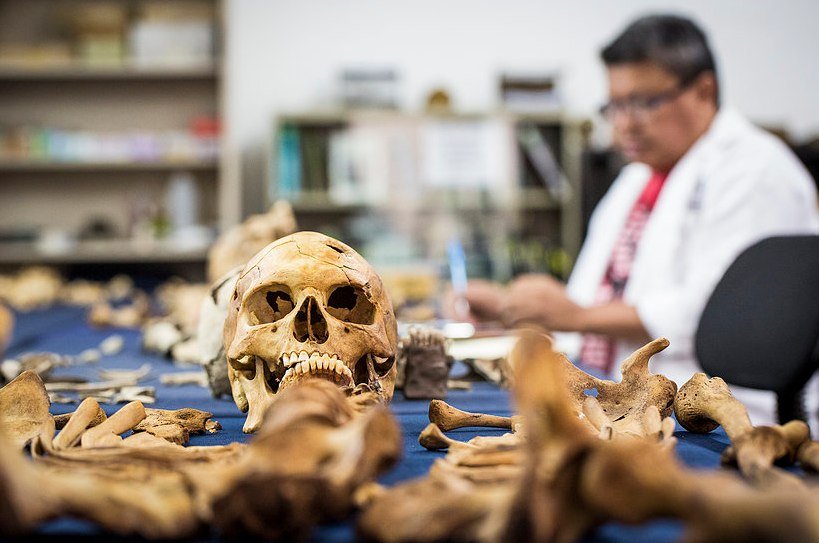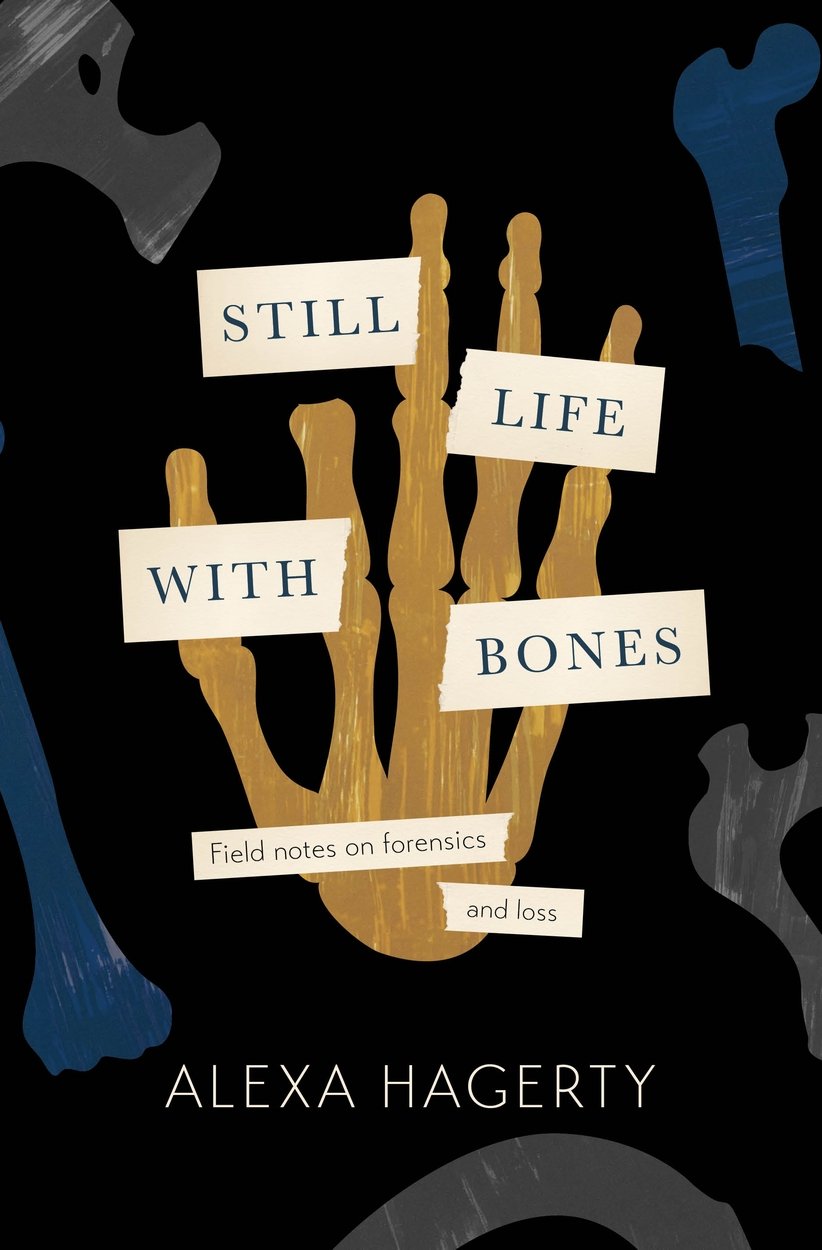The Right to Death
The practice of arresting or kidnapping then murdering civilians and burying their bodies in unmarked graves, leaving families and society grimly unclear as to their exact fate, was not invented in Latin America. Arguably, this innovation in terrorism coincided with the development of the totalitarian, surveillance state in 20th Century Europe. Yet, it was in Latin America during the Cold War era that ‘forced disappearance’ found its widest expression. Through the 1970s and 1980s, US-trained security forces working for US-backed military dictatorships in Chile, Argentina, El Salvador and Guatemala abducted and murdered hundreds of thousands of civilians.
Perhaps unsurprising then that it is to Latin America that an aspiring forensic anthropologist goes to apprentice in that most fascinating profession. In her lyrically rich and poignant memoir Still Life With Bones Alexa Hagerty recounts how she learnt on the job alongside the Guatemalan Forensic Anthropology Foundation (FAFG) and the Argentine Forensic Anthropology Team (EAAF). We follow them, abseiling into abandoned wells and ossuaries in hazmat suits, or splashing into the jungle of the Petén to inspect possible gravesites, turning over the soil for any sign of colour change that might indicate disturbance, then painstakingly peeling back layers of earth. The skeletons and scraps of clothing they tease from the ground tell of terrifyingly extreme violence.
In Guatemala, between 1981 and 1983, over 160,000 citizens were killed by police and special forces both in detention centres and in their villages. The vast majority of the victims were ethnic Maya people and the methods of execution barbarous. In Argentina, between 1974 and 1983, up to 30,000 citizens were ‘disappeared’ by the state in a campaign to eradicate left-wing politics from the nation. The bones of the victims testify to the torture most endured before execution. The brutality of the deaths is matched only by the sadness of families unable to grieve for fear of reprisals and for lack of a body. In the words of a Guatemalan son who never knew his father, “They took away our right to life, but they also took away our right to death.”
With the help of oral testimony, DNA testing and other supporting evidence, the anthropologists seek to identify and return the bodies to their families. They race to find the bones before they are forgotten, to offer closure to families and communities suffering from the trauma of kidnappings and massacres by the state. For those lucky enough to be found, exhumations are followed by inhumations. Families have the chance to bury their loved ones how they see fit, and these second burials make space for new rituals to develop. In Guatemala’s Ixil Maya community the reinterring of partial or complete skeletons is often accompanied by the sharing of a testimonio: a public narration of a personal history that bears witness to oppression. Forensic anthropologists are not just highly trained experts in hazmat suits, Hagerty stresses; they work best when they work with and for communities. With communities they create “singular forms of mourning and resistance.” A testimonio “take[s] the lid off sadness” and at the same time allows the historically voiceless to set the historical record straight.
Of course, the unearthing of bones is a very political act. By digging up the past they also open wounds anew, rewriting the historical narrative and stoking political tensions. Thus, there are those who would rather keep the bones in the ground. It is not uncommon for the teams to receive threats while funding is hard to come by and insufficient to the enormity of the task. Whereas Spain, for example, has doggedly maintained its amnesty on crimes committed during the dictatorship, the authors of genocide in Latin American countries are vulnerable.
General Videla, the dictator who instigated the Argentine policy of state terror in the 70s and 80s, was jailed for crimes against humanity in 2010 before dying in 2013. Argentina’s latest populist president, Javier Milei, has sought to play down the crimes of the dictatorship. The work of the anthropologists makes Milei’s task harder. As one Argentine mother of a disappeared son said, “Many want the wound to dry so that we will forget. We want it to continue bleeding.”
Hagerty’s memoir is a compelling argument for the importance of forensic anthropology that works with the communities of the affected, so that their voices and stories can be heard, so that no excuses or apologies can be made for crimes against humanity. It is also a raw meditation on the most human and humanising experience of grief, on the meaning-making that any death entails for those left alive.
Forensic anthropologists are trained to answer closed questions: whose bones are these? Can we establish how and when they died? How did they come to be buried here? But for Hagerty the questions that motivate her – and that this book with forensic precision and care tries to answer – are, “What is to be learned from the catastrophe of history? Can inheritances of violence be transformed? … How can we go on in the face of incalculable loss?”


